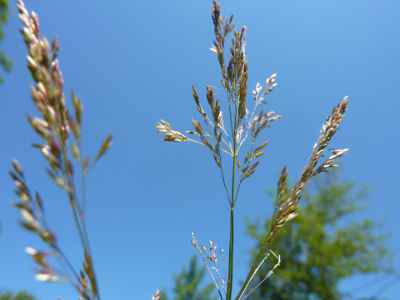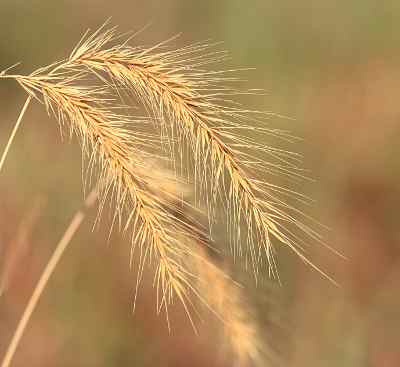Wild Wheat


Wild Wheat is closely related to common wheat (Triticum aestivum) that is today grown commercially. Wild wheat also belongs to the same family and encompasses a number of wheat species. Wild Wheat is a grass that produces a cereal grain.
Even if you do not have access to wheat seed after the SHTF you will still be able to find wild wheat growing in fields and open areas near you. Wild Wheat is an important source of carbohydrates, which most of us today eat entirely too much of. However, after the SHTF carbs, sugar and salt, all things that we currently overeat today will not be so readily available.
Consider why we over utilize carbs, sugars and salt today! We overeat these things because they taste so damn good. And why do they taste so good to us? It is nature's way of making us favor these foods over others. Nature does this because historically these foods were not so readily available to us, even though we desperately need them.
Now fast forward to modern times. Today we can consume whatever we want. All is readily available at your local grocery store. The attraction though has not subsided in modern man, and so, we overeat. The point is that wild wheat should be at the top of your list of foods to look for when foraging. Not only can it provide food when you find it, but it can also be grown in a garden to provide food for the future and unlike most wild foraged food, it can be stored for long periods of time. This is obviously also very important!
Wild Wheat is easy to identify. It will have grass like leaves and also sends up a long thin stalk that will support a bunch of seeds in what is called a spikelet. The plants grow from 2 to 4 feet tall.
Harvest the seed spikelets, separate the seeds from the seed coverings and grind into flour!
Be aware that a purple toxic fungus can grow in the actual seeds of the spikelets. This fungus is toxic. So ALWAYS discard any purplish wild wheat that you collect.
If you plan on growing your own wild wheat in small fields then you need to know when to plant your seed. Seed saved from the previous year. Unfortunately I cannot tell you when to plant and be correct for all locations. In the south you might need to plant in the fall.
In the far north you must plant in the spring. It all depends. What you can do is initially try a number of different times and see what works best for that particular wild species you have collected.
How to process your wheat. Threshing is loosening the hull from the seed aka grain. This can be done by striking a rock or log with a handful of wild wheat stalks. Winnowing comes next and it is getting rid of the hull. Winnowing can be accomplished by tossing the wheat into the air and allowing the wind to separate the grain from the hull aka chaff. Modern wheat will be easier to separate than wild wheat. So notice which of the wild species of wheat you find are easiest to separate. Concentrate your growing efforts on those.
